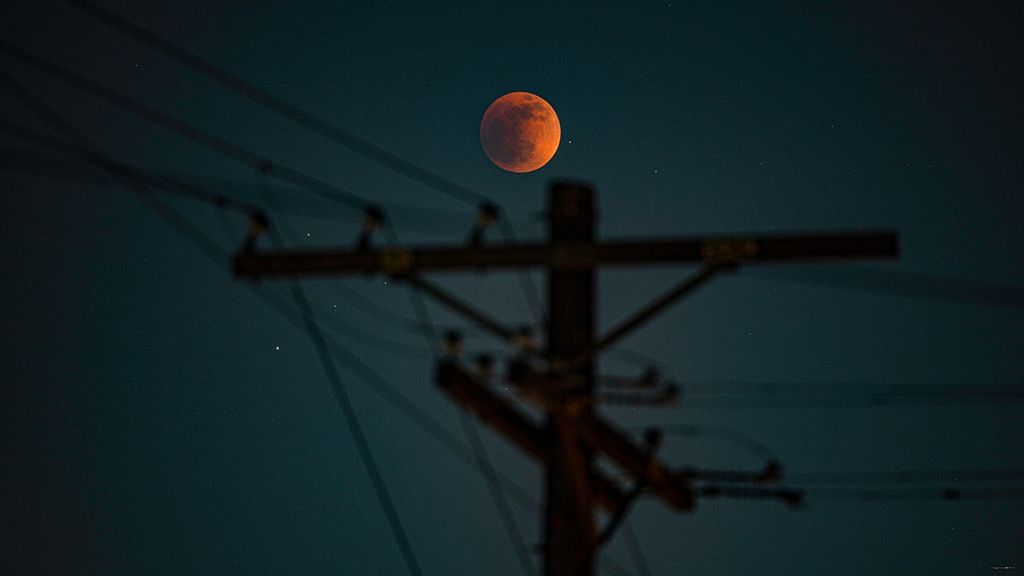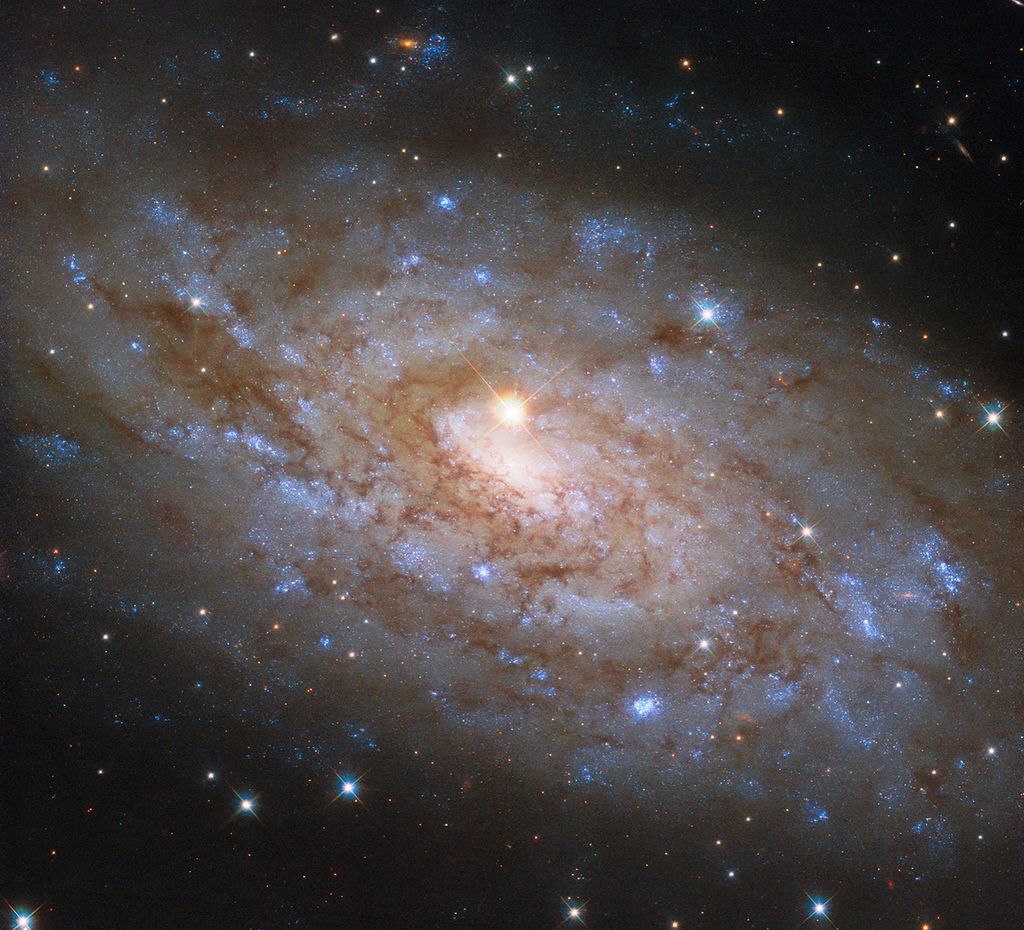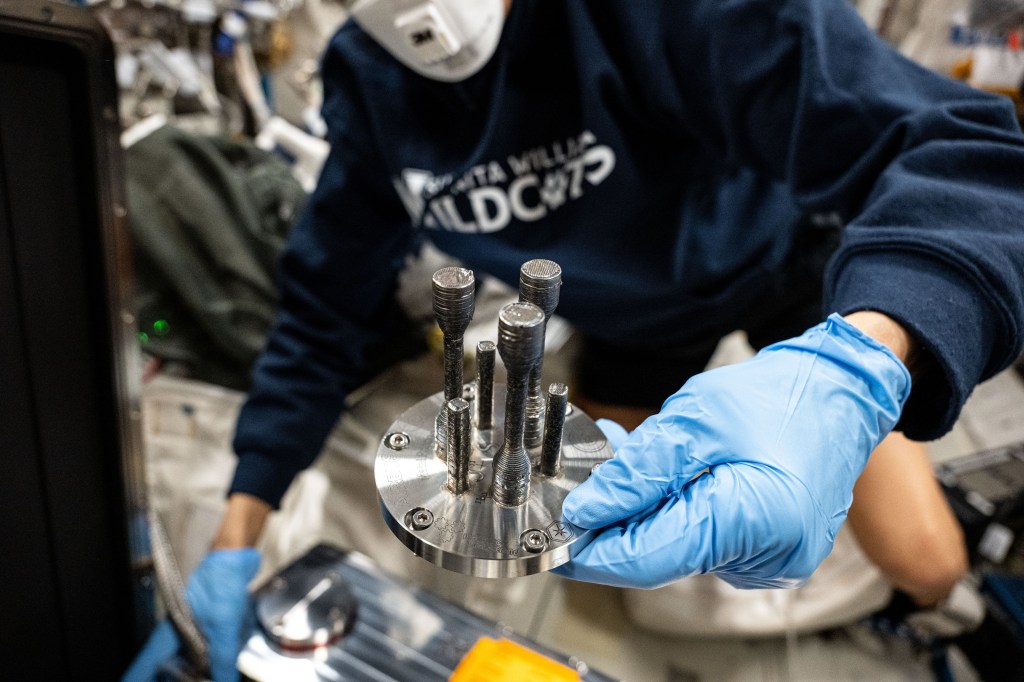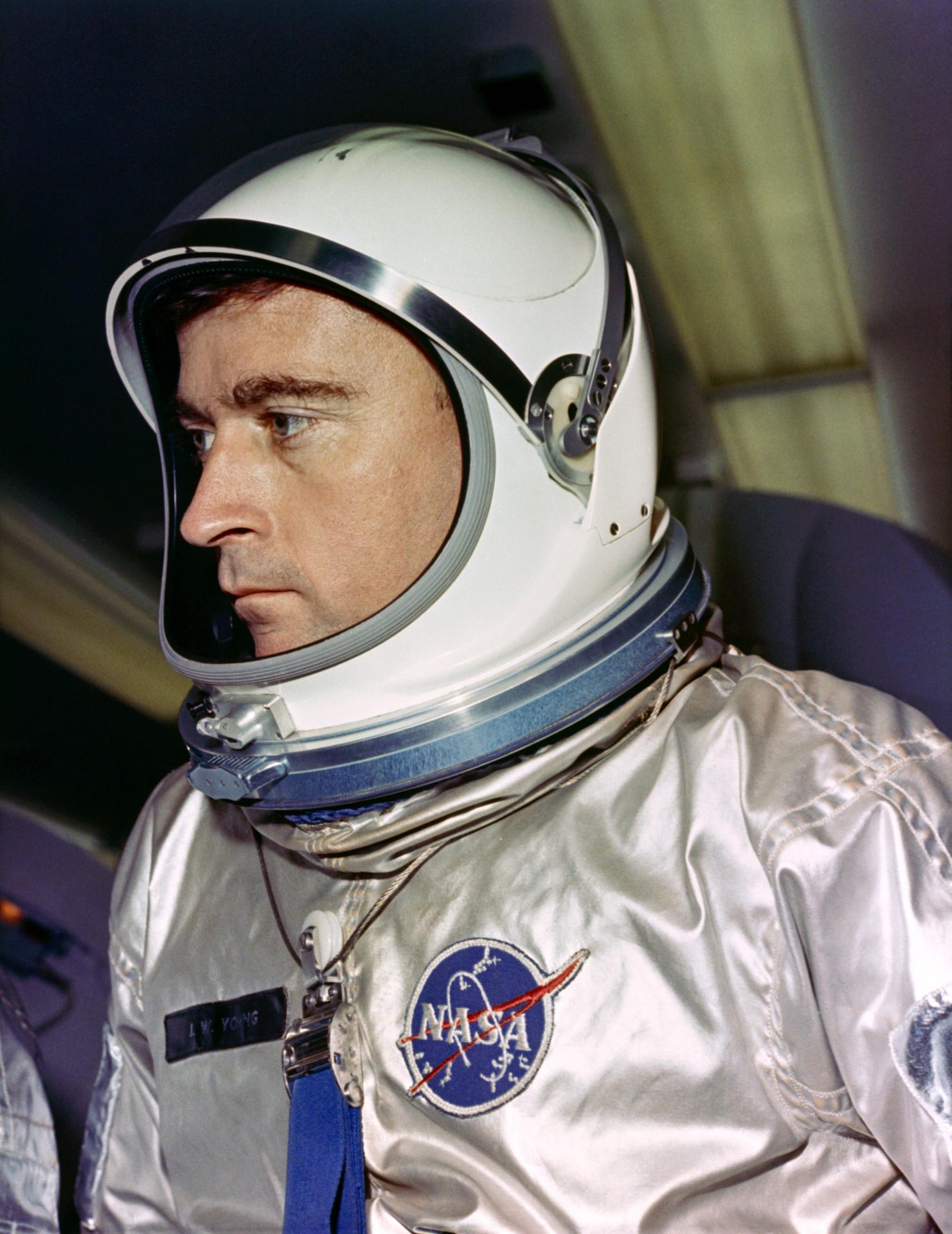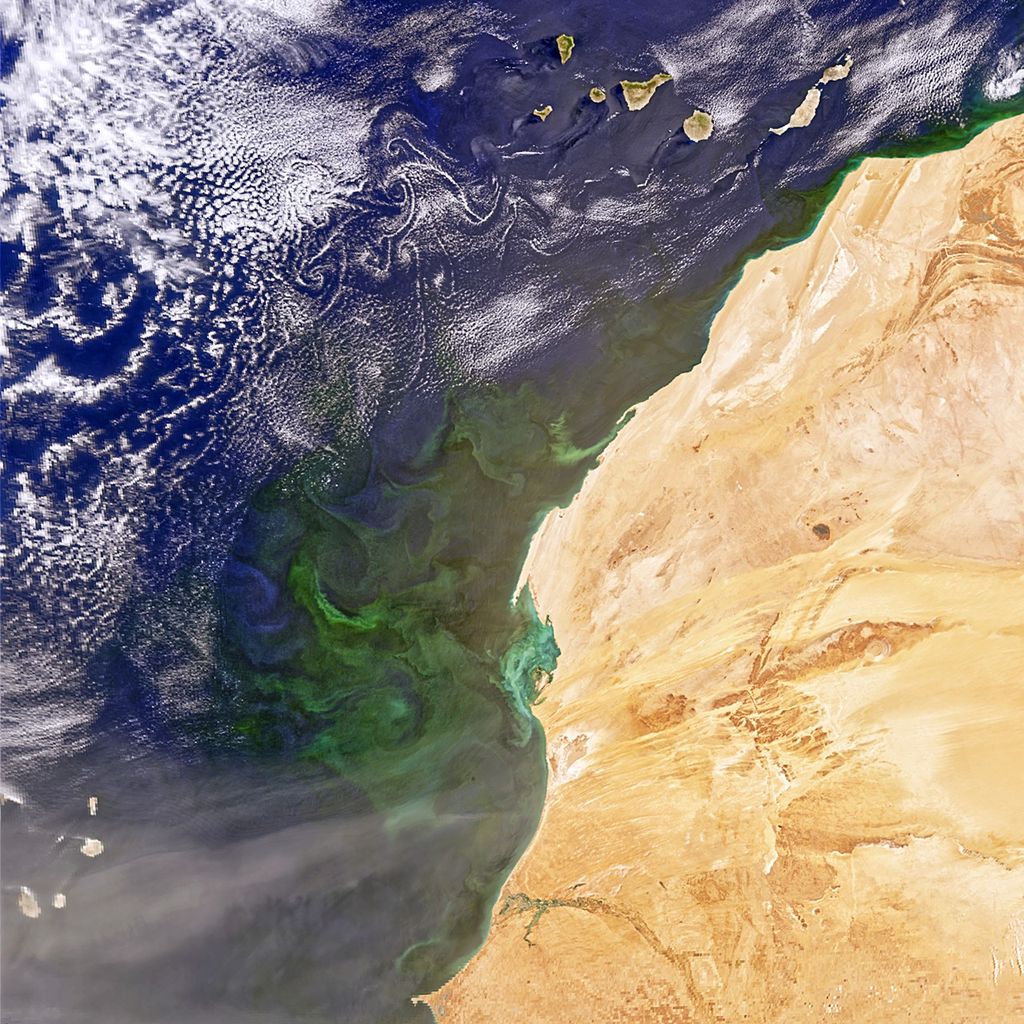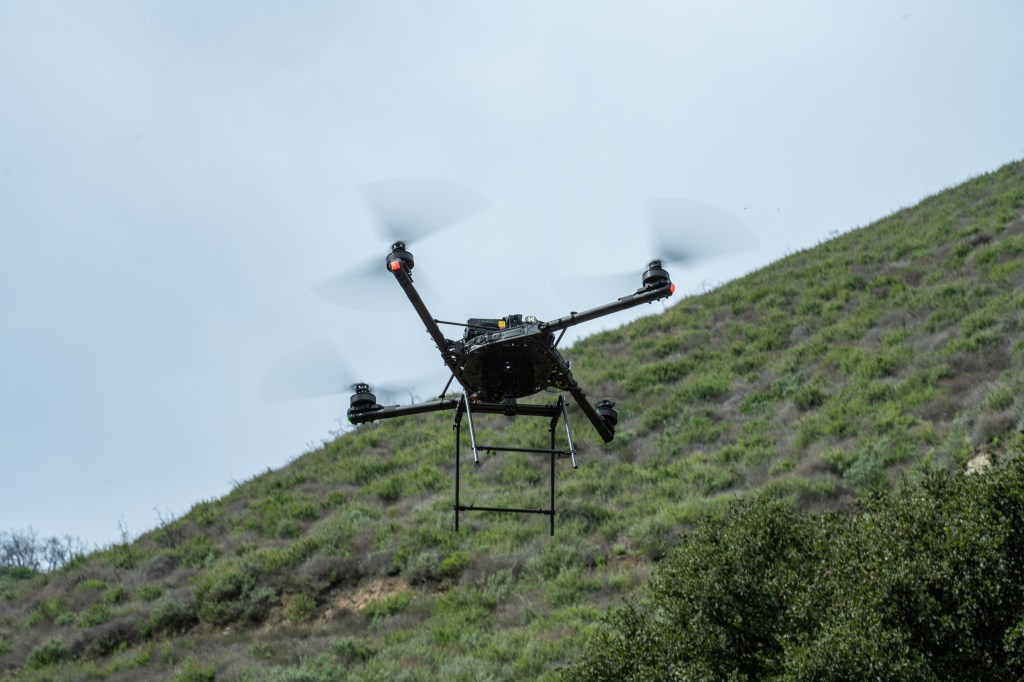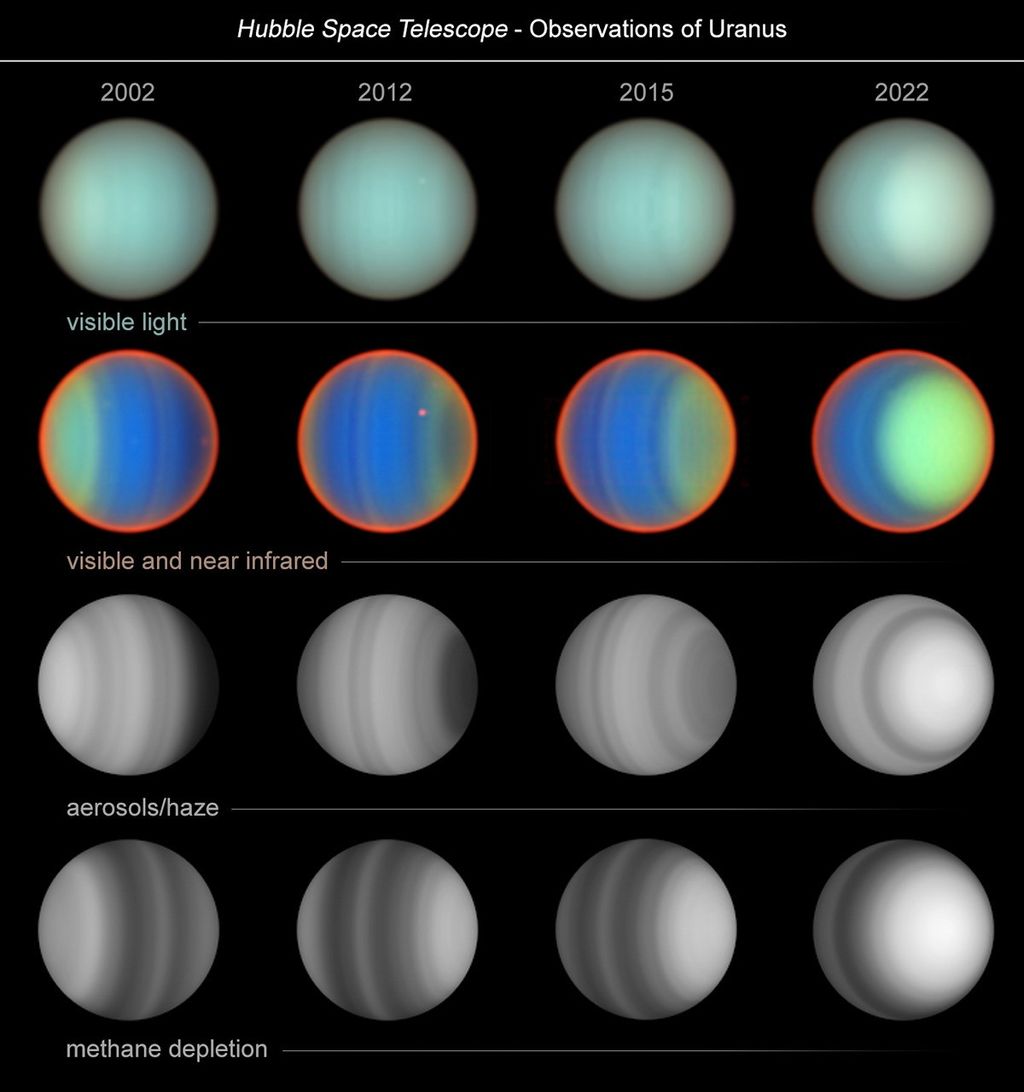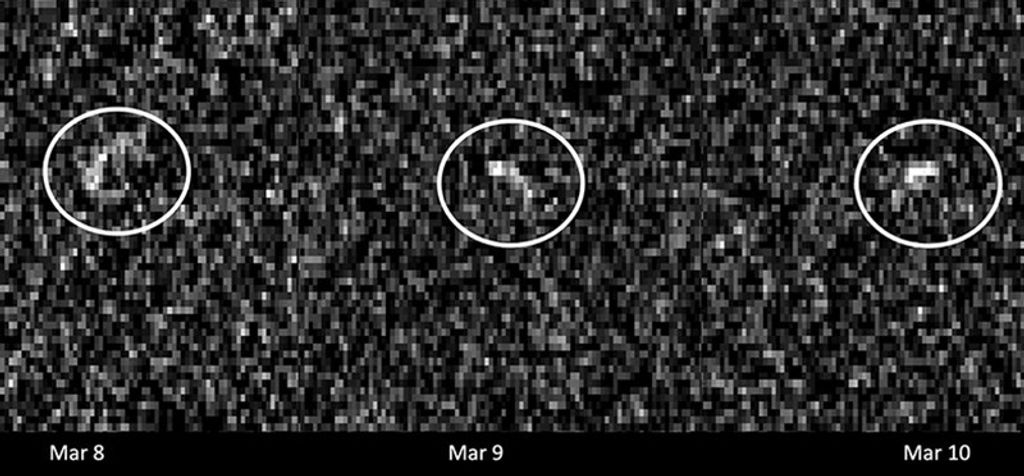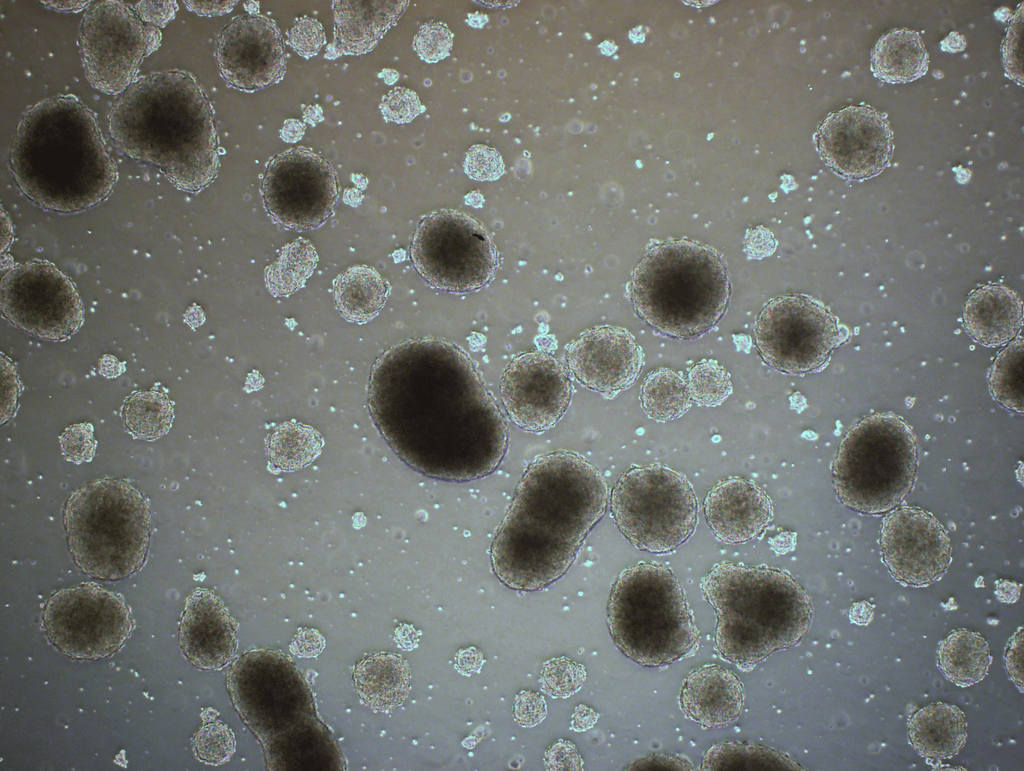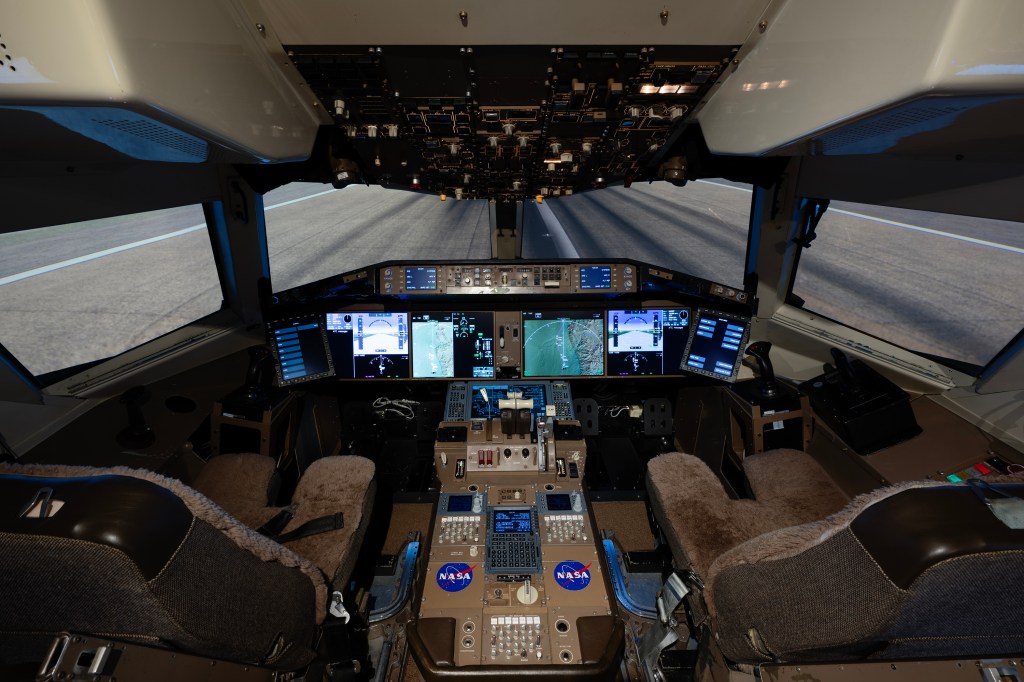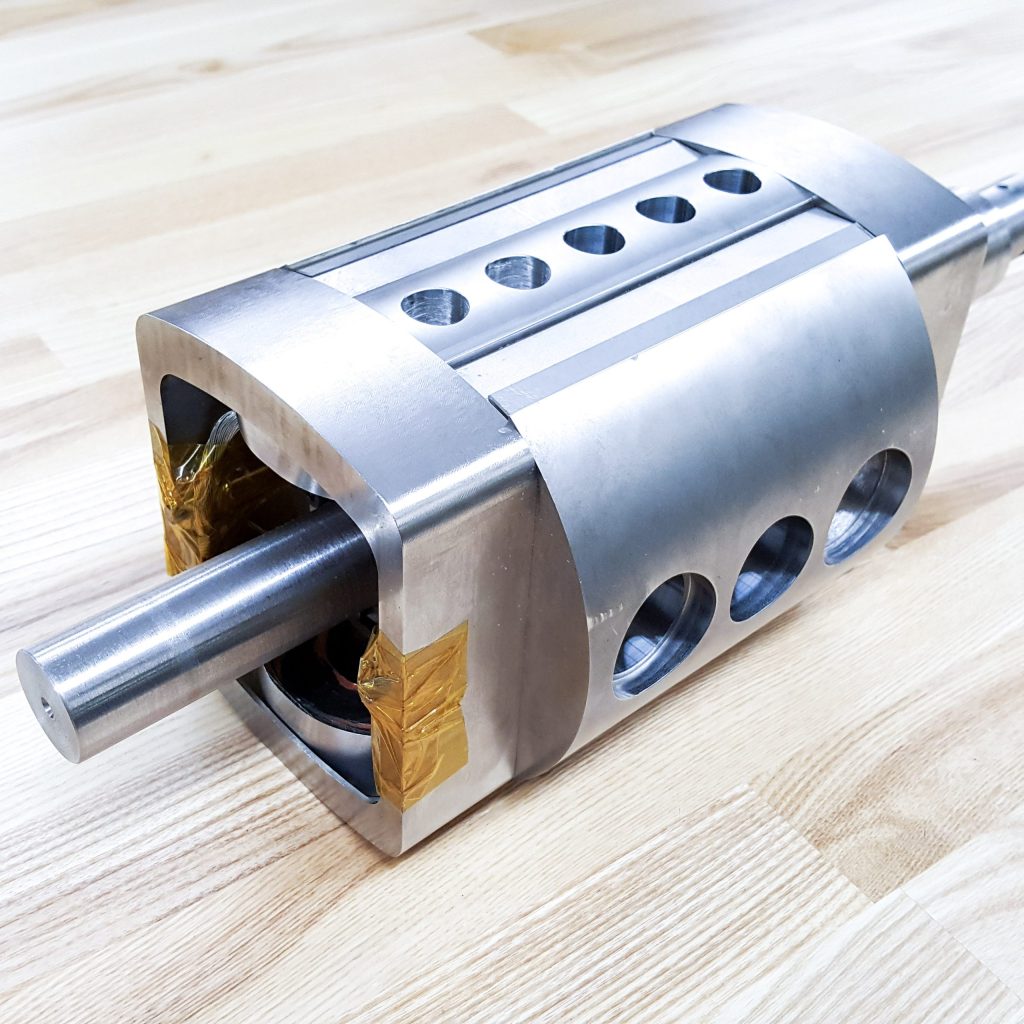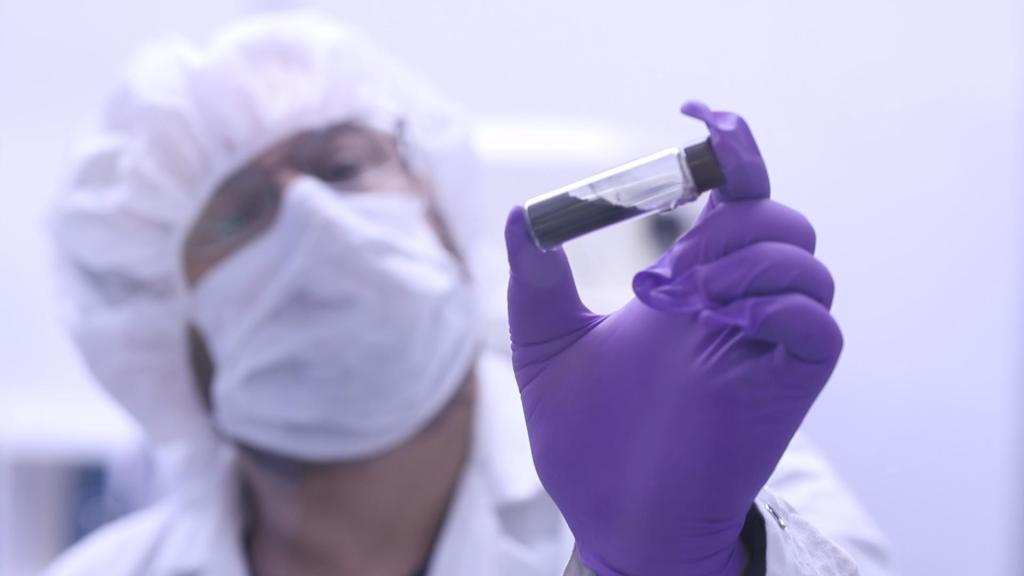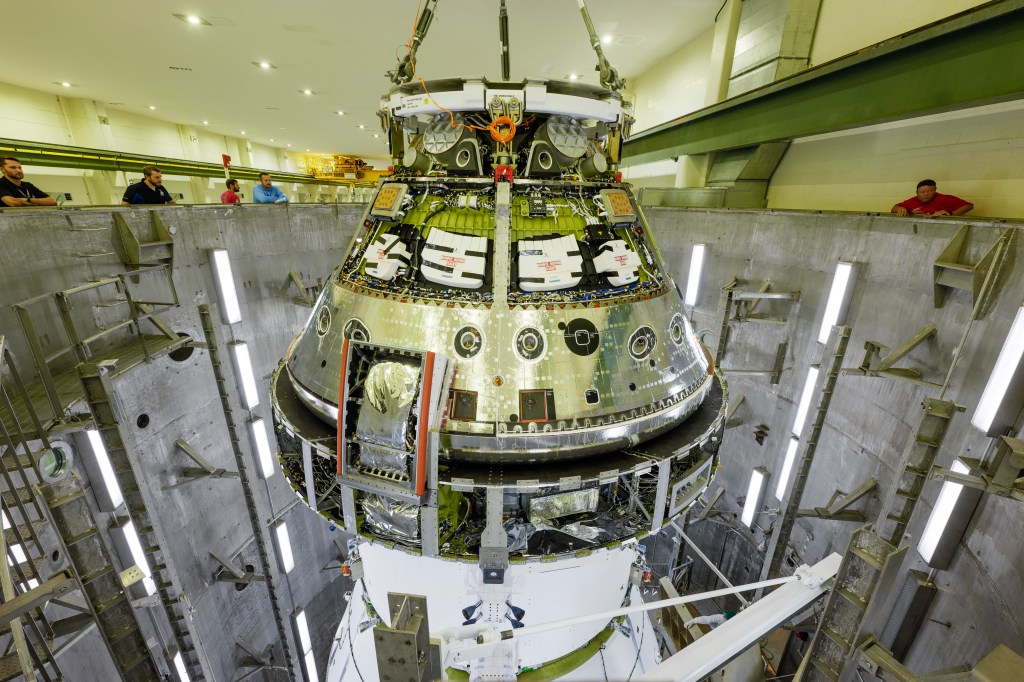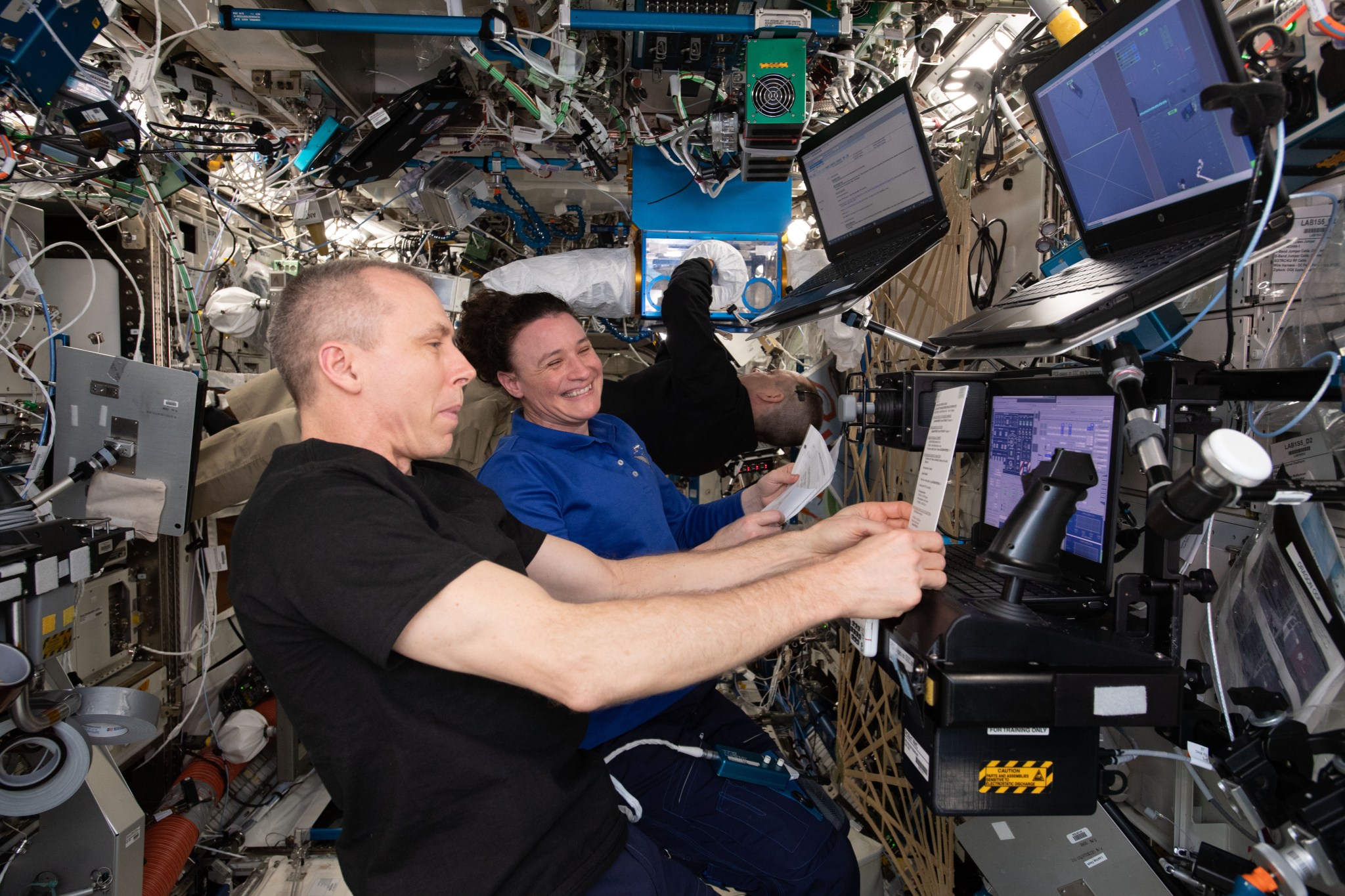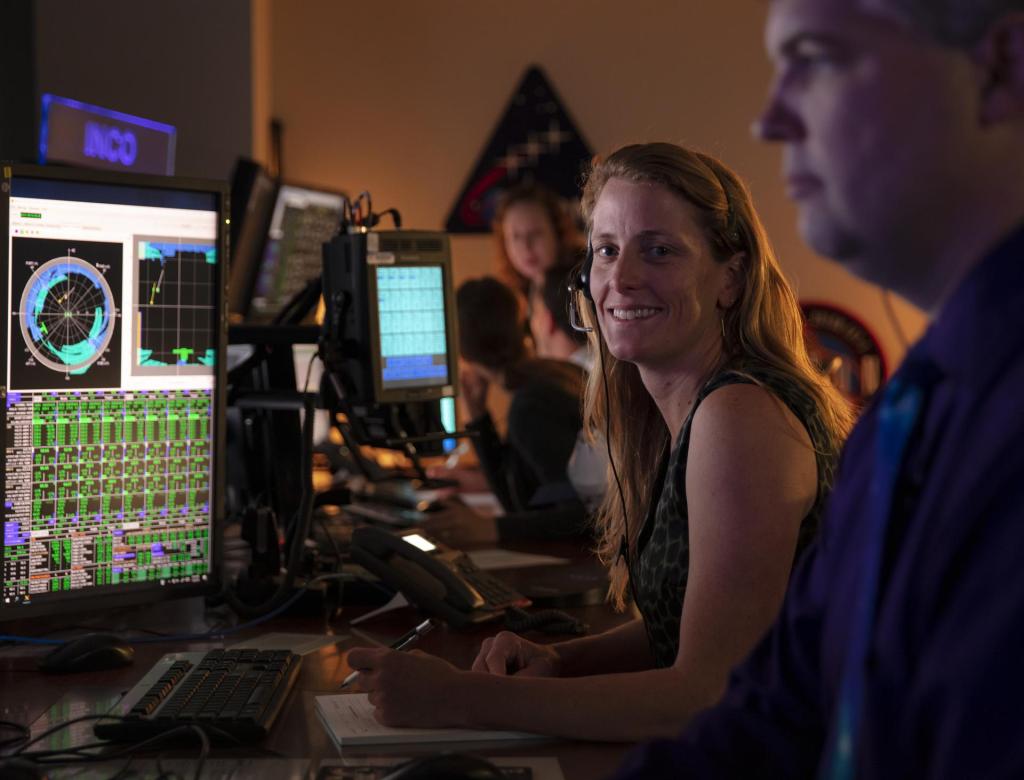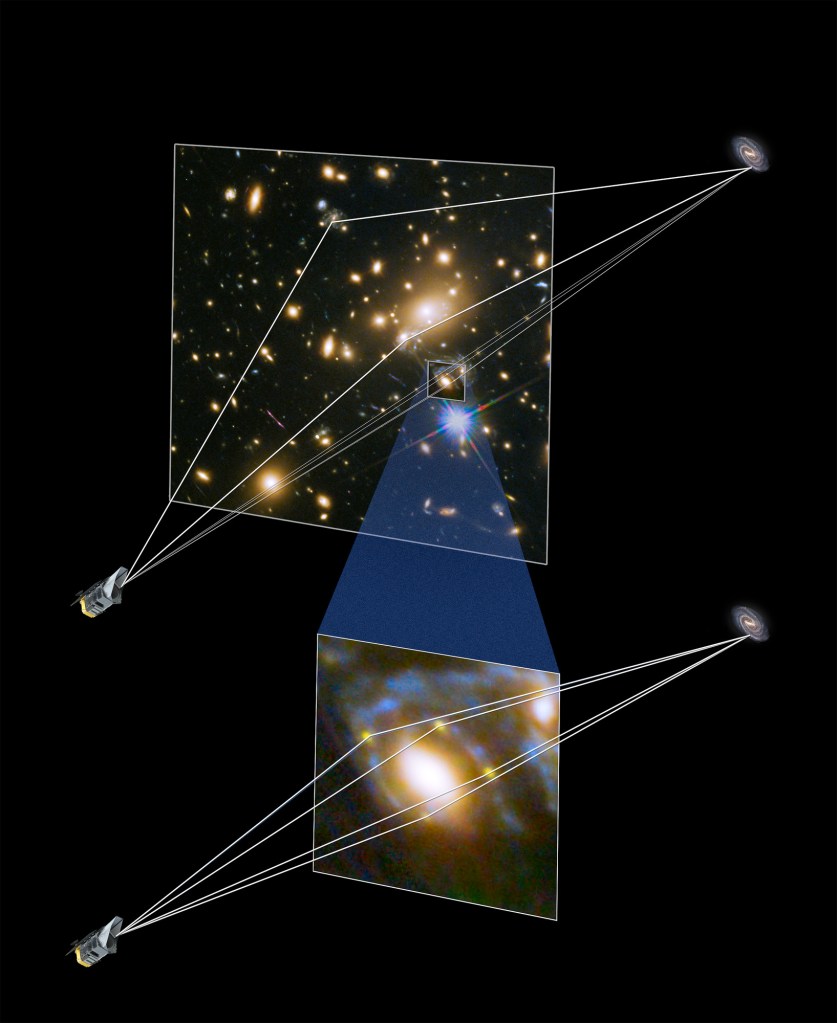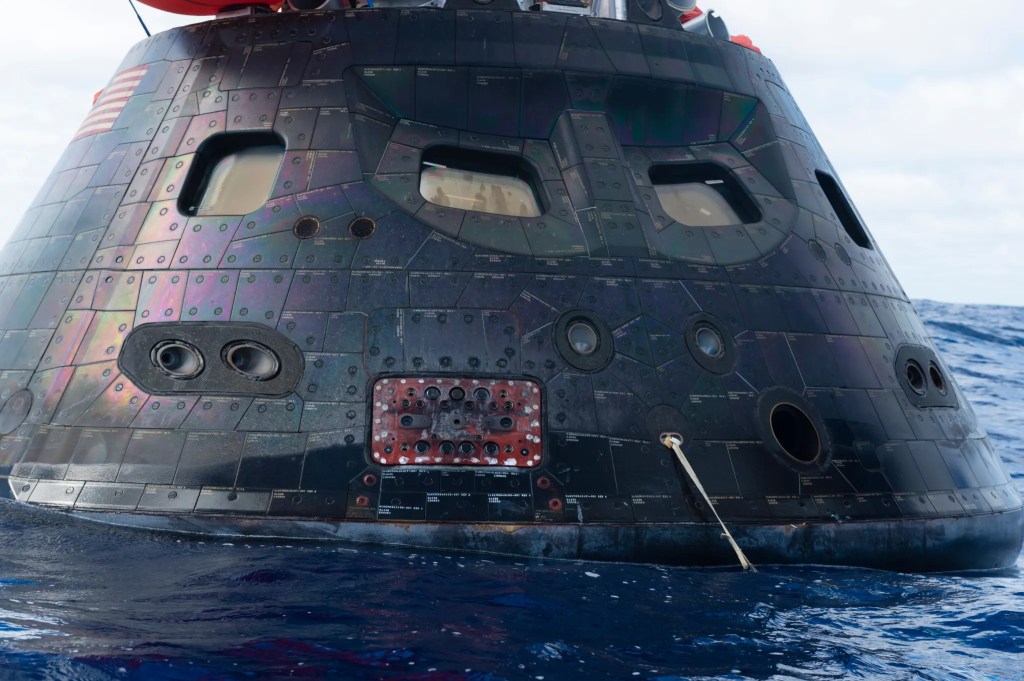Rendezvous, Proximity Operations & Docking Subsystems

Introduction
Rendezvous, Proximity Operations, and Docking (RPOD) subsystems are critical components of space missions involving the approach, interaction, and connection of spacecraft. Johnson Space Center (JSC) performs systems requirement definition, analyses, design and testing necessary to support the development of rendezvous, proximity operations and docking system designs and to verify the compatibility of the designs with functional and performance requirements. JSC provides facilities, including real-time simulators for development, testing and training for manned and unmanned spacecraft rendezvous, proximity operations and docking operations. JSC facilities offer high-fidelity, real-time, human-in-the-loop engineering simulations utilizing math models, scene generation and realistic control station mockups.
JSC experts provide design and evaluation of mission concepts, vehicle flight performance capabilities and requirements, and preliminary guidance, navigation, and control (GN&C) requirements, including flight targeting and profiles for on-orbit rendezvous. These efforts also include assessments of system requirements, such as those related to GN&C architecture and propulsion. JSC provides end-to-end mission design and vehicle performance analysis for all current and advanced vehicle concepts for low Earth orbit, lunar, and planetary missions.
Analysis and Software
Advanced Guidance & Targeting Algorithm Development
Overview | NASA JSC has expertise and simulation capabilities related to the design, development, and analysis of advanced guidance and targeting algorithms for all flight phases.
Details | NASA JSC has implemented and continues to pursue breakthrough guidance methods to enable robust onboard algorithms for a variety of flight phases. Development and testing spans first principles formulation, simulation analyses, and flight testing. Advanced algorithms include convex optimization and numerical predictor-corrector methods, which are being implemented for their robustness and adaptability to the uncertainty in atmospheric entry flight profiles. Additionally, NASA JSC has considerable expertise related to on-orbit guidance and targeting algorithms such as two-level targeting and auto burn planning.
Rendezvous and Proximity Operations (RPO)
Overview | NASA JSC has expertise in Rendezvous & Proximity Operations (RPO) Guidance Navigation & Control (GN&C) and trajectory design, development, analysis and operations. RPO enables the execution of dynamic spacecraft operations for safe and successful human spaceflight missions.
Details |
NASA JSC performs systems requirement definition, analyses, design and testing necessary to support the development of rendezvous, proximity operations and docking (RPOD) Guidance Navigation & Control (GN&C) systems and to verify the compatibility of the designs with functional and performance requirements. We also provide operational considerations such as:
- Development of rendezvous techniques and manual piloting procedures
- Astronaut training for rendezvous and proximity operations
- Collision avoidance tools and techniques for spacecraft rendezvous and proximity operations
- Rendezvous maneuver plans and spacecraft separation maneuvers
Spacecraft Conjunction Analysis
Overview | NASA JSC Flight Operations Directorate (FOD) Flight Dynamics team enables the execution of dynamic spacecraft operations for safe and successful human spaceflight missions.
Details |
- Coordination with Department of Defense (DOD) for tracking and cataloging orbital debris
- Special tools for probability assessment of orbital collisions
- Rules, tools, and techniques for real-time spacecraft maneuvering to avoid collisions
Direct Simulation Monte Carlo (DSMC) Analysis Code (DAC)
Overview | The Direct Simulation Monte Carlo (DSMC) Analysis Code (DAC) software is a specialized tool used for the simulation and analysis of low-density flow fields.
Details | DAC is like a more familiar computational fluid dynamics tool, but the underlying Direct Simulation Monte Carlo method is uniquely suitable for simulating rarefied gas dynamics.
Astrodynamics, Mission Design, and Integrated Vehicle Performance
Overview | NASA JSC analyzes and designs optimal spacecraft orbits and trajectories for human spaceflight missions.
Details | NASA JSC provides design analysis and evaluation of mission concepts, vehicle flight performance capabilities and requirements, and preliminary guidance, navigation, and control (GN&C) requirements. This includes flight envelopes and trajectories for ascent, targeting and profiles for on-orbit rendezvous, interplanetary trajectories, and entry through landing trajectory designs. JSC can optimize end-to-end trajectories and vehicle performance for Low Earth Orbit, cislunar, and planetary missions.
Engineering Model for Plume Impingement in Rarefied Environments (EMPIRE)
Overview | Engineering Models for Plume Impingement in Rarefied Environments (EMPIRE) software is a tool used to compute plume impingement heating effects from proximity operations of visiting vehicles to space stations.
Details | Engineering Models for Plume Impingement in Rarefied Environments (EMPIRE) provides an essential analysis capability associated with upper atmospheric flight for the prediction of vehicle aerodynamics and aerothermodynamics, as well as for the broad range of plume impingement environments during rendezvous and docking impacting ISS, Orion, HLS, and all other Gateway components. EMPIRE computes 3D distributions of plume load and mass flux, impingement heating and surface temperature on complex surface geometries from multiple plume sources.
Robotics Performance Analysis
Overview | JSC provides robotics analysis for multi-system studies for robotically capturing space vehicles and docking them to a host vehicle.
Details |
- Expertise in Robotic Dynamic Analysis
- Failed capture analysis
- Release Analysis
- Berthing Analysis
Docking Subsystems
Surface Mating
Overview | On-site expertise available for on-surface docking/mating related mechanisms (latches, lockdowns, linear actuators, umbilical drives, et al) and successful on-surface Docking linear and non-linear contact dynamics modeling, loads analysis, docking simulations, and testing. Includes the development and maintenance of on-surface Docking Standards and cross-interface system engineering and integration.
Details |
- Design, Development, Test and Evaluation of surface mating systems
- Component, System and Vehicle-level Systems Engineering and Integration
- Analytical Simulation/Prediction, Independent Modeling and Model Validation
- Dynamic, Static, and Natural/Induced Environmental Testing
- System Management, Flight Hardware Acceptance, Joint Integrated Testing
- Standards and Specifications Development
- Avionics, Software and Controls
- Rapid Prototyping and Evaluation
- Contact Modeling and Simulation
- Collaborative Working Environment
In-Space Mating
Overview | On-site expertise available for in-space docking related mechanisms and successful In-Space Docking/Berthing linear and non-linear contact dynamics modeling, loads analysis, docking simulations, and testing. Includes the development and maintenance of In-Space Docking and Berthing Standards and cross-interface system engineering and integration.
Details |
- Latches, lockdowns, linear actuators, umbilical drives
- Design, Development, Test and Evaluation of in-space mating systems
- Component, System and Vehicle-level Systems Engineering and Integration
- Analytical Simulation/Prediction, Independent Modeling and Model Validation
- Dynamic, Static, and Natural/Induced Environmental Testing
- System Management, Flight Hardware Acceptance, Joint Integrated Testing
- Standards and Specifications Development
- Avionics, Software and Controls
- Rapid Prototyping and Evaluation
- Contact Modeling and Simulation
- Collaborative Working Environment
Testing
Six-Degrees-of-Freedom (6-DOF) Dynamic Test System Facility
Overview | Six-Degrees-of-Freedom (6-DOF) Docking Dynamics Systems Testing support provide systems requirement definition, analyses, design and testing necessary to support the development of rendezvous, proximity operations and docking system designs and to verify the compatibility of the designs with functional and performance requirements. JSC provides ground facilities, including real-time simulators for development, testing and training for manned and unmanned spacecraft rendezvous, proximity operations and docking operations. Facilities offer high-fidelity, real-time, human-in-the-loop engineering simulations utilizing math models, scene generation and realistic control station mockups.
Details |
- Simulation of multiple free-flying vehicles with accurate Six-Degrees-of-Freedom (6-DOF) equations of motion
- Docking contact dynamics
- Thruster plume impingement
- Vehicle control systems
- Robotic manipulator dynamics
- Autonomous Rendezvous & Docking (AR&D)
- Navigation and guidance algorithm development and sensor selection, testing and integration
- Real-time, 6-DOF, short range motion base simulation
- Open and closed-loop testing of automated rendezvous and docking systems
- Envelope limit testing of hardware in system level test environment
- Fault injection scenarios in true off nominal conditions
- Dynamic Systems testing
- Closed-loop testing of mating interfaces, including contact forces
- Physical emulation of spacecraft motion with motion platforms
- Human-in-the-loop control
Precision Air Bearing Floor (PABF)
Overview | The Precision Air Bearing Floor (PABF) allows astronauts to move large objects as they might in space.
Details | The PABF is an extremely smooth and flat surface that provides a 2-dimensional simulation of the weightless environment of space by floating objects on a thin cushion of air. It is designed to support rendezvous and contact testing that require low friction movement of test articles and utilized in the development and evaluation of Extravehicular Activity (EVA) equipment and techniques and for training in low or 0g mass handling. Test articles are mounted on perforated pads that distribute a cushion of compressed air between the pads and the floor and air bearings use compressed air to suspend and enable frictionless movement of mockups and hardware. It is an integrated process to support operations assessments, integration, test readiness, and execution.
Electro-Optics Lab (EOL)
Overview | NASA JSC Electro-Optics Lab (EOL) has the unique ability to test cameras for projects that require extreme levels of accuracy. This is a one-of-a-kind capability in the USA.
Details | The Electro-Optics Lab (EOL) provides camera calibration, optical analysis, lens analysis, and hardware open loop testing for optical navigation and docking camera testing for NASA’s current and future projects.



